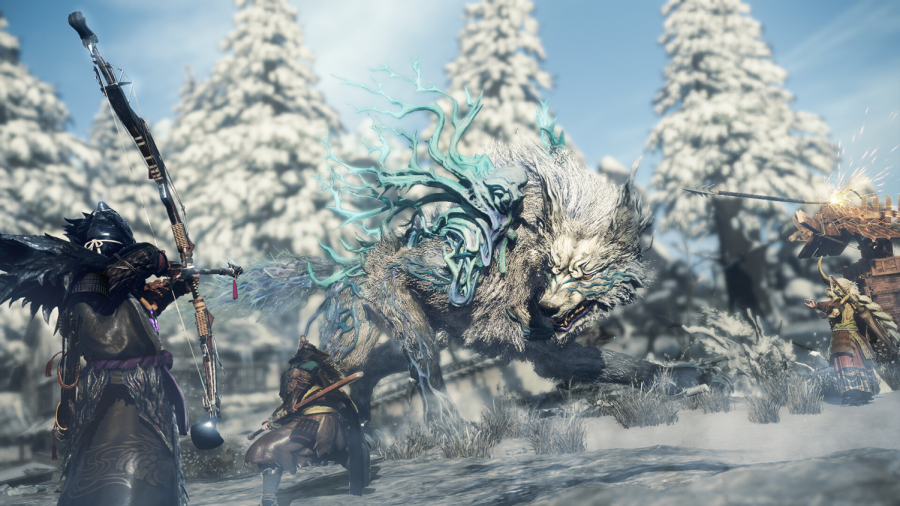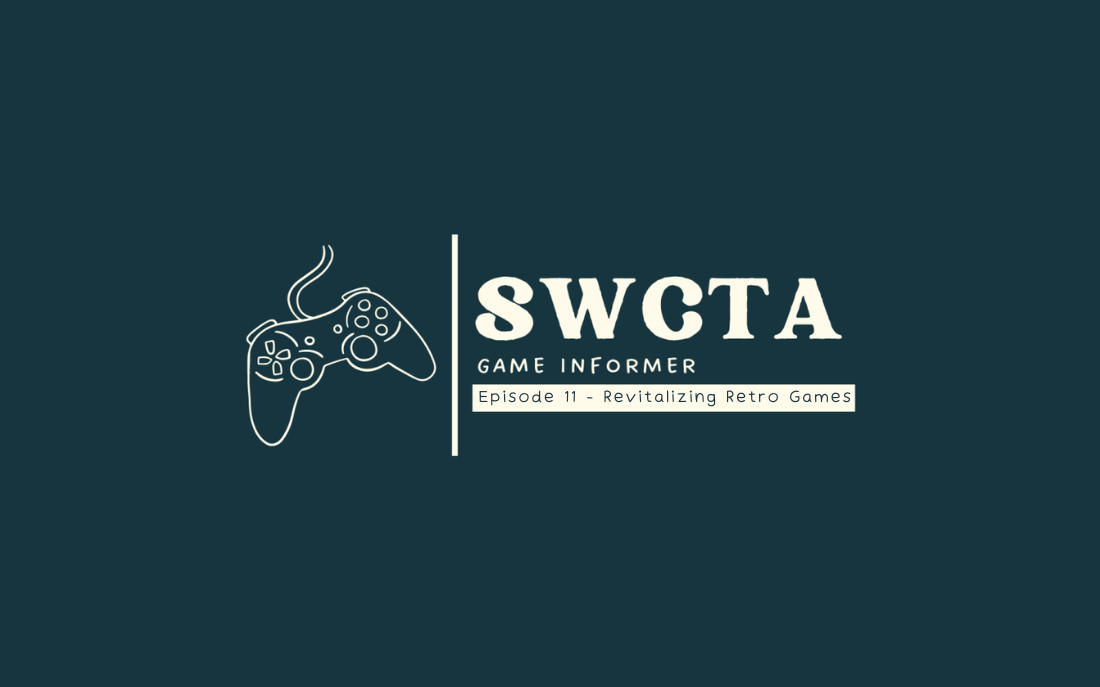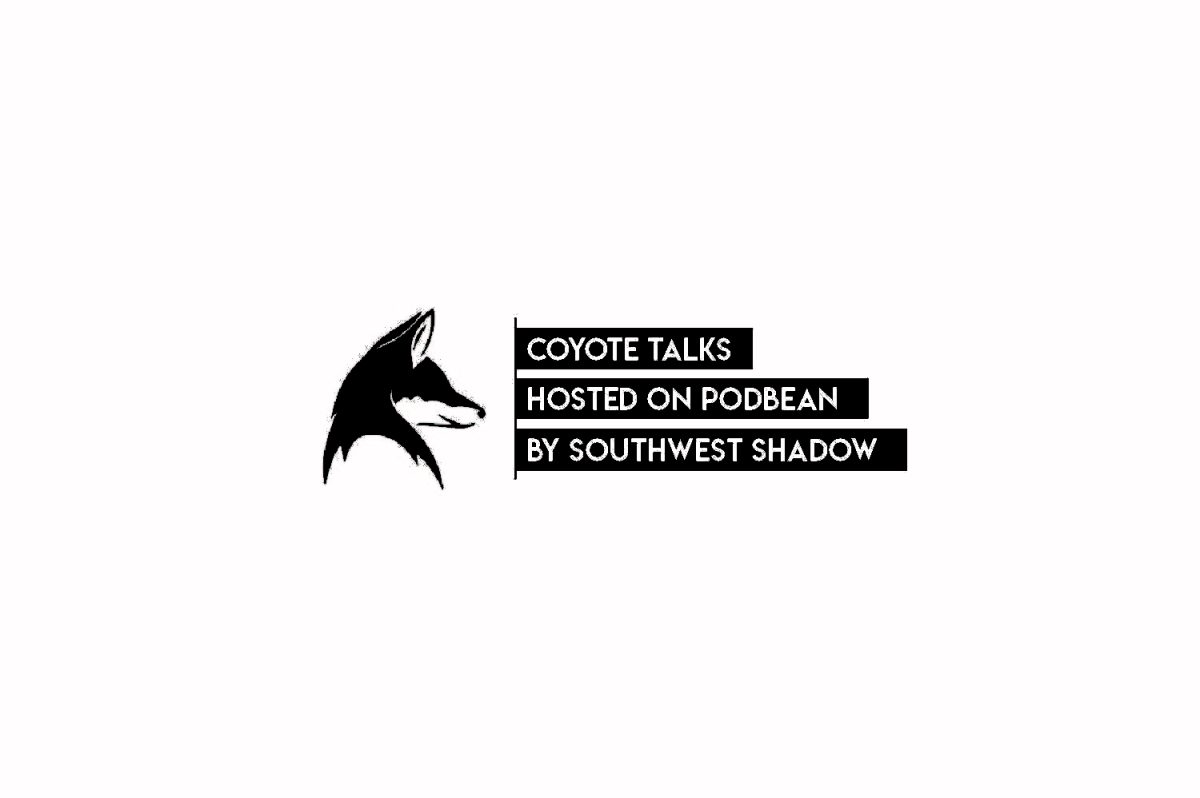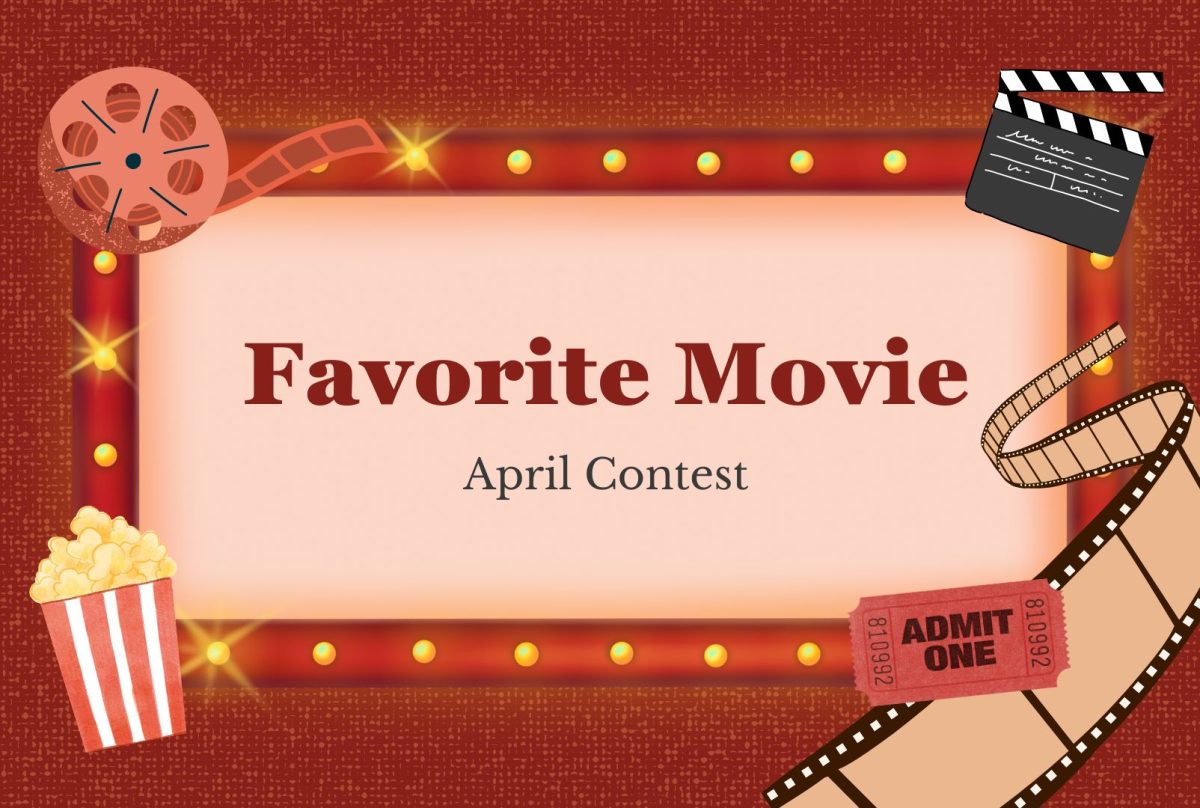Vanquish the Kemono using ancient technology in ‘Wild Hearts’
A hostile world where animals and nature have intertwined
Master the Karakuri, an ancient tool wielded to conquer foes ten times your size. Rating: B- Photo Credit: IGDB
April 19, 2023
Monster-hunting games have been admired for decades; conquering dragons the size of mountains or meteor-summoning drakes are not uncommon under this genre. Because of this, I almost permanently crossed this category off my list. I prefer casual games, often about running a coffee shop or farm, and it was mostly the giant threats and insane battle techniques that scared me away. That was until I saw the trailer for Wild Hearts.
By chance, I stumbled onto a preview of the game and was immediately hooked by the approach to monsters. Instead of mythical beasts found in fairy tales, they opted to transform common animals into amalgamations of nature, called “Kemono.”
Players of monster-hunting games are no strangers to the draconic designs they aim for. Because of this, Wild Hearts may come as a breath of fresh air to some. No Kemono is the same; each one has a unique weakness and strength, requiring differing armor and weapons to deal with them. Kemono can be wood, fire, water, wind or earth, and inflict different status ailments during battle. To combat this, players can equip armor with resistance to specific elements.
In my first moments of gameplay, the controls felt unfamiliar and slippery, especially in dire moments when I needed to dodge, reaching down for the C key was too slow. The nearest keys like Q, E and F were taken up by other important controls, and going through the long process of rebinding was unbearable. In spite of that, defeating the second Kemono boss helped me warm up to the movement controls.
When battling a kemono, there’s no way to tell its amount of health. This makes the battles feel endless and my attacks fruitless. In addition, the terrain would occasionally block my vision and butcher my dodges. To balance these mentally draining battles, the sacred “Karakuri” is a tool all hunters must master.
The Karakuri is a device whose quick placement of structures is comparable to Fortnite’s building. Deploying the Karakuri’s building requires a right click and then Q, which can easily be spammed to install defenses in the heat of battle. Karakuri structures rely on a special material called “Thread” found within natural resources. Trees or piles of rocks are common candidates, and must be broken open to access the green-glowing material. However, Thread can’t be found in just anything. Hunter vision can be activated to locate Thread, but can also track a fleeing kemono.
As the most valuable mechanic in the game, the Karakuri can take many forms. Karakuri springs help to dodge and deploy plunge attacks, torches add flame to weapons to deal elemental damage, and gliders launch the player into the air, then glide down safely. When the player is hit, a quick tap of Q will rejuvenate the player to a good amount. Recovering health can only be done ten times before a refill is needed. Players can collect healing water plants or use the well at an Ancient Guardian Tree to stock up on healing water.
Co-op felt like a completely different experience. Unlike hunting solo, playing in a group felt much more fun. Taking down Kemono was less taxing, and using any combination of Karakuri was easy. When it came to setting up camp, the host would place down buildings for their teammates. However, the problem came when players returned to single player, and all buildings disappeared.
Unfortunately, for all the positives for such an anticipated game, Wild Hearts feels unpolished and rushed. There are a number of problems with the graphics and AI that should’ve been caught before release: lags, stutters, delayed sound effects, broken geometry and more. Experiencing these didn’t mess with my gameplay too much, but it was a different story for my sibling. Originally, I planned to play with my brother, but the game was too much for his computer and it caused major performance issues. Even with the recent patch, the overlying issues haven’t been fixed. For people with slower computers, I suggest waiting for more patches before spending any money.
There’s no reason to spend $70 dollars on a broken game. Wild Hearts should’ve been play tested further before slapping an expensive price tag onto it. Though the game has great potential in the monster hunting genre, the price just doesn’t match the performance.








